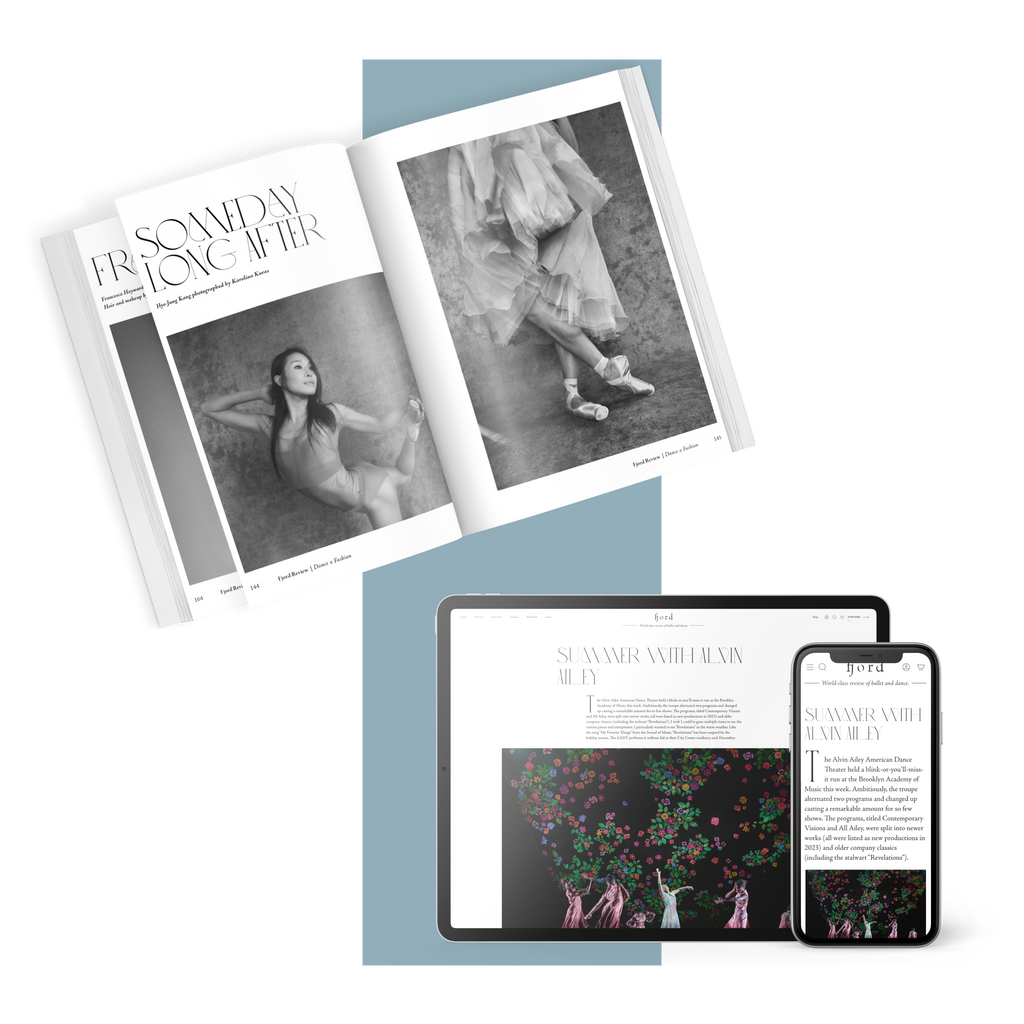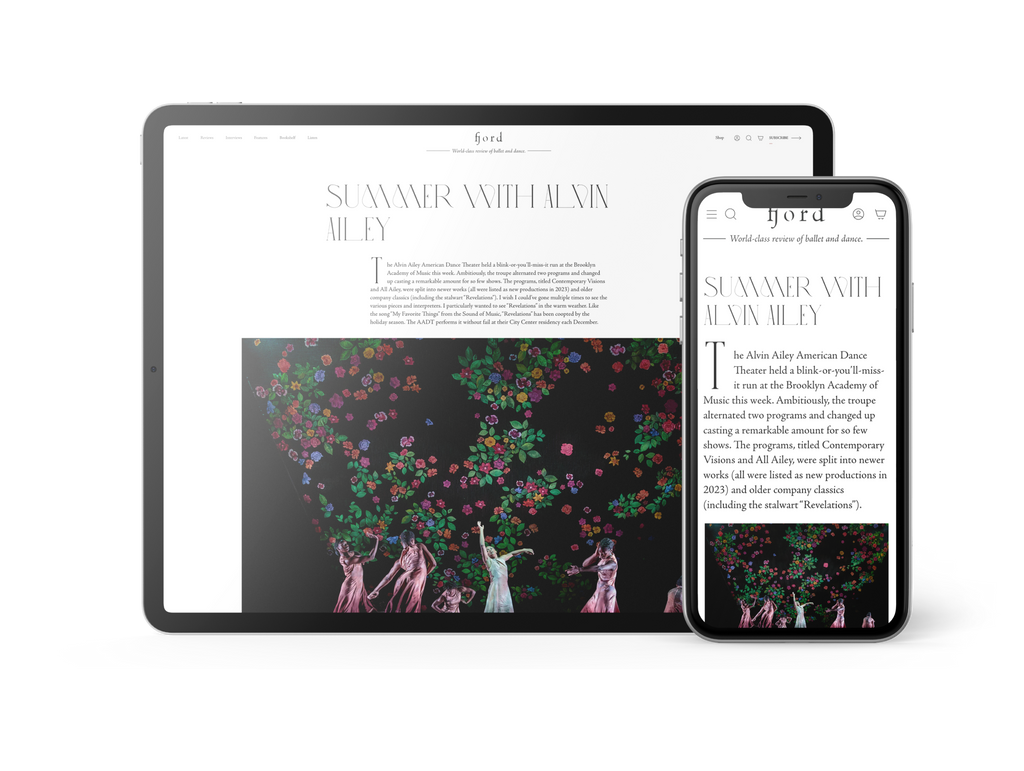Talent Time
It’s “Nutcracker” season at San Francisco Ballet—36 performances packed into three weeks—which means that the company is currently serving two distinct audiences.
Continua a leggere
World-class review of ballet and dance.
This year’s Edinburgh Festival Fringe recorded its fifth highest attendance in its history, a different reality from the ghostly years of the Covid-19 pandemic. But the cost-of-living crisis and the strain the arts sector in Scotland has been under in recent years was still there. Notably within the dance sector, this was most apparent at Dance Base, where Assembly Festival, one of the bigger venue operators, collaborated with the dance house to co-curate the programme and help alleviate costs. While it was great that Assembly was able to support Dance Base and its artists to continue to put on their shows, it was still slightly strange seeing the red Assembly branding next to the (newly rebranded) purple colours of Dance Base.
Performance
Place
Words



Starting at $49.99/year
Your weekly source for world-class dance reviews, interviews, articles, and more.
Already a paid subscriber? Login

It’s “Nutcracker” season at San Francisco Ballet—36 performances packed into three weeks—which means that the company is currently serving two distinct audiences.
Continua a leggereLast week I caught up with choreographer Pam Tanowitz and Opera Philadelphia’s current general director and president, countertenor Anthony Roth Costanzo to talk about “The Seasons,” the company’s latest production premiering at the Kimmel Center’s 600-plus seat Perelman Theater on December 19.
Continua a leggereIf Notre-Dame remains one of the enduring symbols of Paris, standing at the city’s heart in all its beauty, much of the credit belongs to Victor Hugo.
Continua a leggereWhen dancer and choreographer Marla Phelan was a kid, she wanted to be an astronaut. “I always loved science and astronomy,” Phelan said.
Continua a leggere
comments